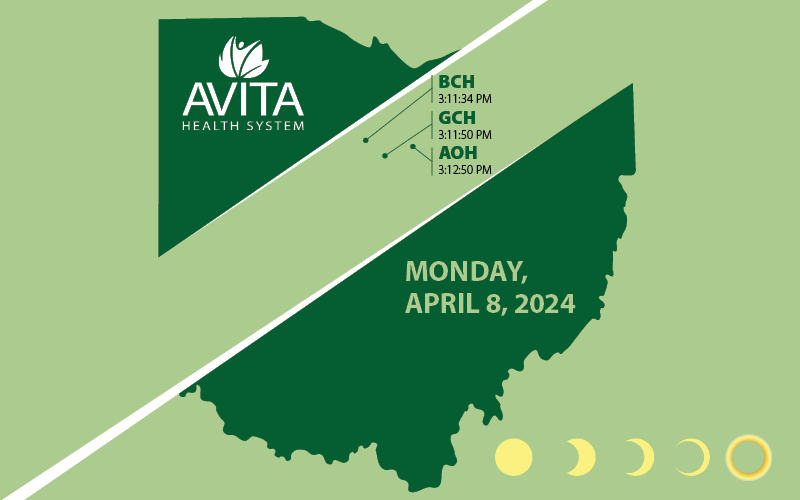
March 06, 2024
Solar Eclipse Guidance from Terry Walker, OD
During an eclipse, you can be outside, but do not look into the sun without appropriate eye protection. Temporary or permanent damage can result from exposing your eyes to the sun during a solar eclipse.
Some symptoms that can occur from looking at the solar eclipse without proper eye protection are a loss of central vision (solar retinopathy), distorted vision, and altered color vision. Prolonged exposure can cause photoretinitis (temporary retinal damage) or photoretinopathy (permanent retinal damage). It can take a few hours to a few days after viewing the solar eclipse to realize damage has occurred.
If you experience a measurable drop in vision, wait 24 hours to see your primary care physician for visual acuity testing. Should your primary care physician not be available, arrange a visual acuity test with
an optometrist. The emergency room is not equipped to see the back of your eye. If you experience symptoms of vision damage, contact your optometrist for an evaluation.
Eclipse viewing
- Do not view the eclipse with regular sunglasses or through binoculars, camera lens, or a telescope.
- Use only solar eclipse viewing glasses and lenses that meet the ISO 12312-2 international safety standard. ISO 12312-2 will be marked on the side of the viewing glasses.
- If you normally wear eyeglasses, keep them on. Put your solar eclipse viewing glasses on over them.
- Inspect your solar eclipse viewing glasses before use; if scratched, torn, or damage, dispose of the glasses.
- Supervise children using solar eclipse viewing glasses.
- If you do not have solar eclipse viewing glasses, try using and indirect viewing method.
Indirect eclipse viewing
With the Sun behind you, pass sunlight through a small opening (for example, a hole punched in an index card) and project a solar image onto a nearby surface (for example, another card, a wall, or the ground). A pasta colander makes a terrific pinhole projector, as does a straw hat or anything else with a bunch of small holes in it. Do NOT look at the Sun through the pinhole.